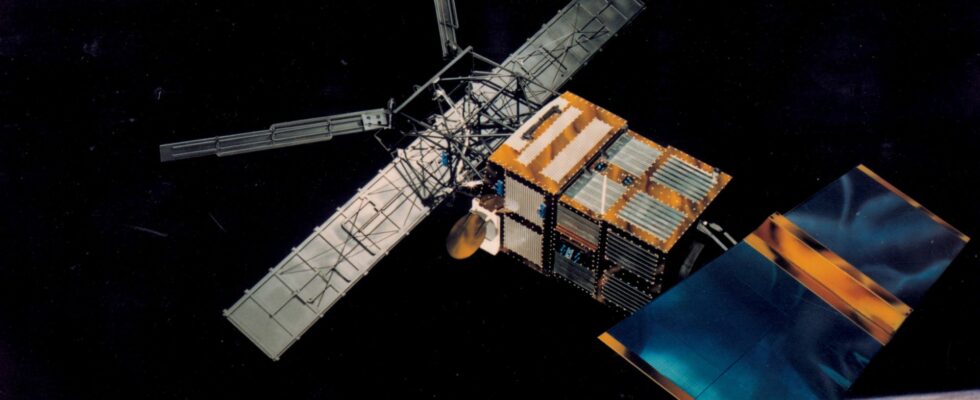ERS-2, a heavy 2.3 ton satellite, is about to burn up in the Earth’s atmosphere. This ESA machine had observed the planet for 16 years. It will now make its atmospheric reentry.
An imposing European satellite is about to crash into the Earth’s atmosphere. This is ERS-2, an Earth observation satellite, whose acronym means: “European Remote-Sensing Satellite” (“European Remote Sensing Satellite”, in French). The machine was launched in 1995, and formed a duo with the ERS-1 satellite which went into space in 1991. ERS-2 has not been operating for a long time: the ESA (European Space Agency) had put it on hold. retired in 2011.
There dry mass is the mass of a spacecraft without its propellants (which provide it with energy). The mass of ERS-2 was 2.5 tons at launch.
“ The time has come for this satellite to re-enter the atmosphere and start burning », Explains the ESA in a press release dated February 6, 2024. With its 2.3 tonnes of dry mass, ERS-2 is a particularly heavy machine. The exact date of its atmospheric reentry is not specified, but the ESA estimates that the satellite “ will begin to burn off in mid-February “.
What was the purpose of this ESA satellite that is going to crash?
During its long career, ERS-2 has not been idle. For 16 years, the satellite has observed various phenomena that have contributed to a better understanding of climate change, such as “ decreasing polar ice, changing land surfaces, rising sea levels, warming oceans and atmospheric chemistry “, summarizes ESA on.
When its activities ended in 2011, it was decided to lower the satellite’s altitude from 785 to 573 km above the earth’s surface. The objective was to limit the risk of collision with other satellites. 13 years of decrease in its orbital period, mainly due to solar activity ” followed.

Is this crash of the ESA satellite dangerous?
Now, ERS-2 is close to making its natural atmospheric reentry. The machine has exhausted all of its fuel and drained its batteries. Its communications antenna and all its electronics no longer work. The ESA therefore no longer has any means of controlling the trajectory of the satellite, hence the term “ natural » to describe its descent towards Earth. It is also because this atmospheric re-entry is natural that the ESA cannot determine very precisely the time and place of the crash.
The satellite is expected to burn up when it reaches an altitude of around 80 km. Could it create dangerous space debris? ERS-2 is expected to break into fragments, most of which will burn up in Earth’s atmosphere. But, it is possible that some fragments fall back to Earth, in the ocean. “ None of these fragments will contain toxic or radioactive substances », would like to reassure the ESA. The risk of these fragments harming a human also seems unlikely. “ The annual risk of a human being injured by space debris is less than 1 in 100 billion », Adds the space agency.
Do you want to know everything about the mobility of tomorrow, from electric cars to e-bikes? Subscribe now to our Watt Else newsletter!
